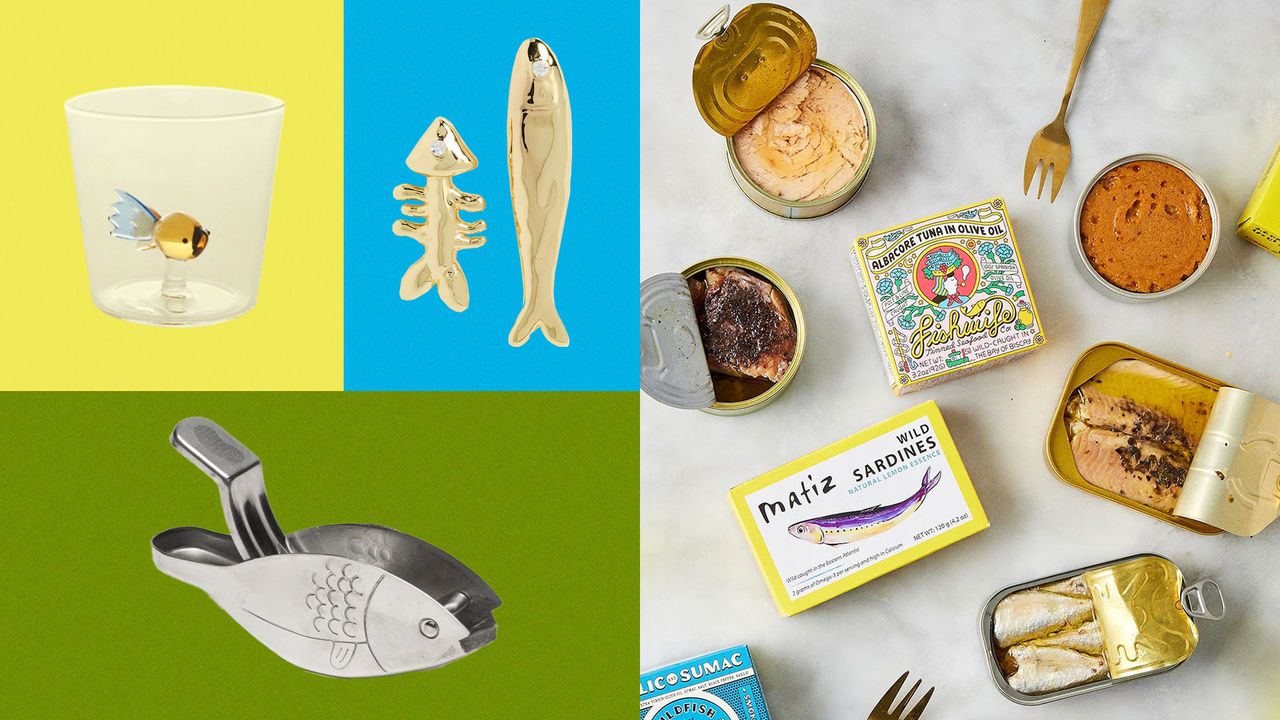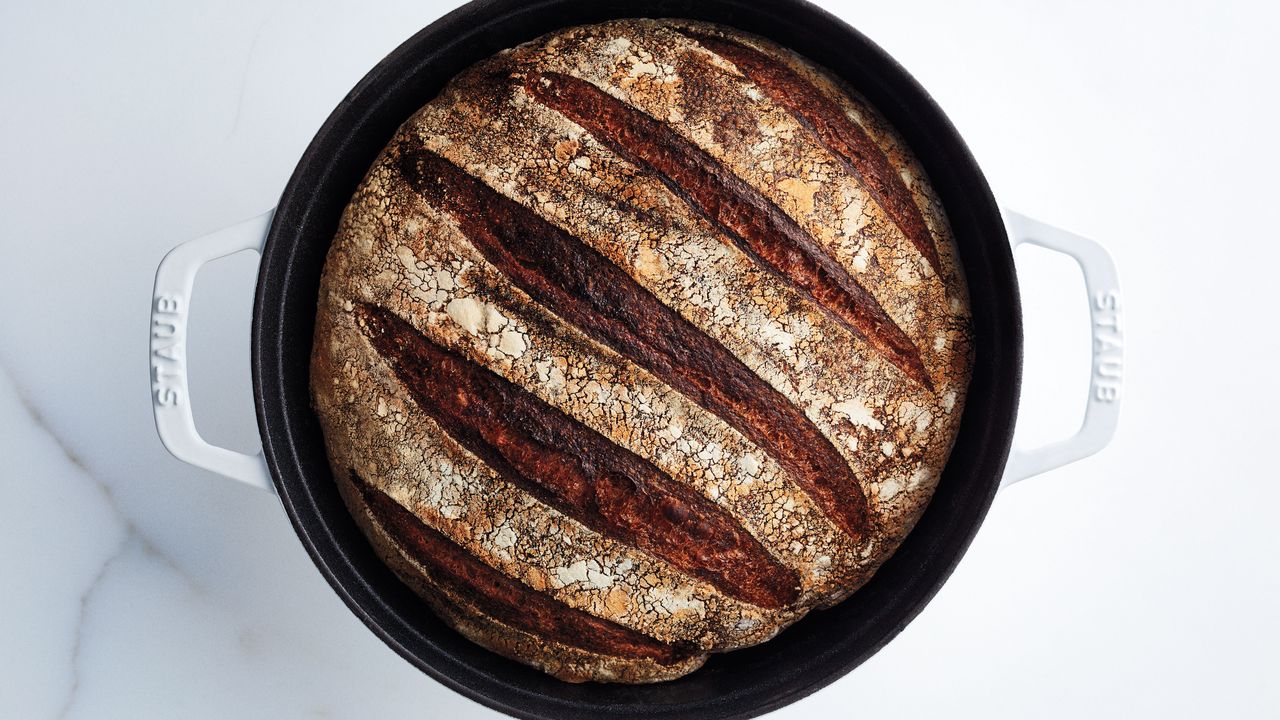The package instructions on most rice will tell you to rinse the grains before cooking them, but if you’ve been tempted to skip this step—or if you have skipped this step, only to be left with a bowl of gummy rice—you’re not alone. You might be wondering why people in the know consider it so important to wash rice, or if it’s always necessary. Here, we’ll cover the facets of making perfect rice, including why you should wash your rice, when to wash it, and how. Read on for perfectly textured grains in your fried rice, pilafs, biryanis, and so much more.
Why should you wash rice?
When rice makes the journey from paddy to grocery store to your home, with a few stops along the way, the grains rub against each other, resulting in a layer of starch that coats the outside of each individual grain. When you cook rice without rinsing it beforehand, that excess starch makes the grains stick together, forming into one gluey mass. Rinsing rice also helps remove any grit or tiny broken pieces that might have made their way into the package.
How to wash rice
You’ll need: A bowl that is comfortably larger than the amount of rice you’re cooking and a strainer of some type.
Measure the quantity of rice you’d like to make. Pour it into a large vessel and add enough cold water to completely cover the grains. Agitate the rice with your hands until the water turns murky. Then, pour this starchy water out, using a mesh strainer or small-holed colander to catch the grains of rice. Repeat this step until the water runs clear; the number of rinses will depend on the kind of rice, but usually three or four times is sufficient.
You can also simply place your rice in the strainer and let running water roll over it, but this makes it harder to see when your water goes from starchy and murky to clear.
What types of rice need washing?
Although every kind of white rice will have excess starch around the outside of the grain, the starch content does vary depending on the type of rice. All rice contains two types of starch: amylose and amylopectin. The types of rice that are high in amylopectin and lower in amylose are stickier—think arborio or glutinous rice. In contrast, rices like basmati or jasmine are higher in amylose and lower in amylopectin, so they produce a fluffier, more separated final result.
Every type of white rice should be washed until your water runs clear when you want the end result to have separated, fluffy grains. For dishes where you want the rice to stick together, like risotto or congee, you’ll likely still want to do a light rinse to avoid too much gumminess, but you can skip the thorough washing because, after all, your desired result involves the starchy rice breaking down into a sticky, porridge-like texture.


